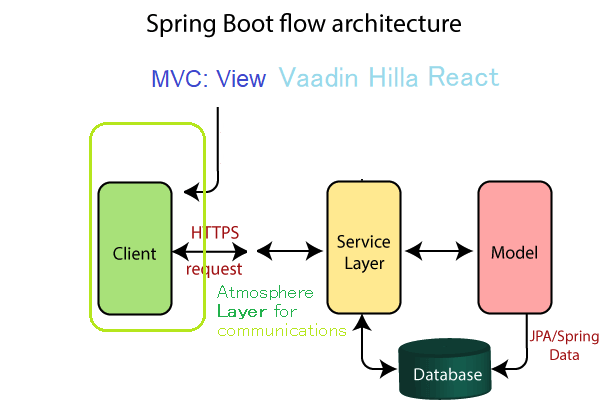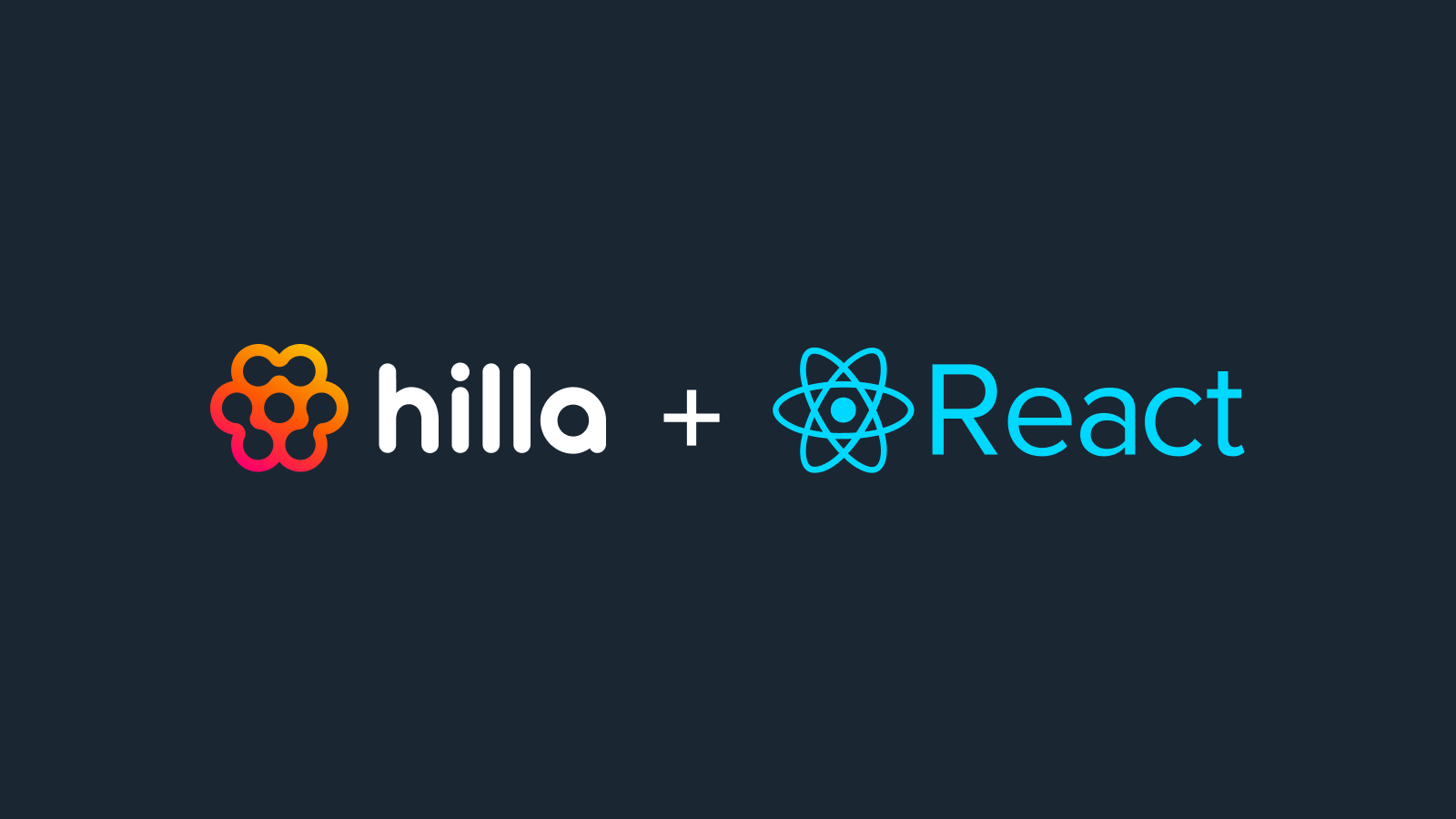Spring Boot: Vaadin Hilla
Spring Boot View Vaadin Hilla
📘 Vaadin Hilla
Vaadin Hilla offers a powerful and flexible way to build modern web applications by combining the strengths of Java and TypeScript.
With its type-safe communication, built-in security features, and support for reactive programming, Hilla is an excellent choice for developers looking to create robust, interactive, and maintainable web applications.
1 Vaadin Hilla
Overview
Vaadin Hilla is a full-stack framework that combines the strengths of Vaadin with modern frontend technologies, React Typescript, allowing us to build robust and interactive web applications.
1.1 Key Features
Full-Stack Development
- Spring Boot Backend: Hilla integrates seamlessly with Spring Boot, leveraging its powerful backend capabilities for dependency injection, security, and more.
- React or Lit Frontend: Developers can use either React or Lit for the frontend, benefiting from the latest JavaScript frameworks and their extensive ecosystems.
Type-Safe Communication
- Auto-Generated TypeScript Interfaces: Hilla automatically generates TypeScript interfaces for your Java endpoints, ensuring type safety and reducing the risk of errors during development.
Security
- Built-in Security Features: Hilla includes built-in security features to protect your application from common web vulnerabilities, making it easier to develop secure web applications.
Client-Server Communication
- Efficient Data Exchange: Hilla facilitates efficient communication between the client and server, using Vaadin’s robust client-server communication mechanisms, such as those provided by the Atmosphere framework.
1.2 Development Approach
Java and TypeScriptIntegration: Hybrid Development, we can write backend code inJavaand frontend code inTypeScript, allowing for a hybrid development approach that leverages the strengths of both languages.
Also, Reactive Models Hilla supports reactive programming models, making it easier to manage complex UI updates and ensure a responsive user interface.
1.3 Example Usage
Here is an example of how we might set up a simple Hilla application:
// Java Backend
@RestController
1@RequestMapping("/api")
public class MyController {
2 @GetMapping("/data")
public List<MyData> getData() {
// Return data from the backend
3 return myService.getData();
}
}- 1
- Specify the base URL for the REST controller.
- 2
- Define the HTTP GET endpoint to retrieve data.
- 3
- Call the service method to fetch and return the data.
// TypeScript Frontend
1import { fetch } from '@vaadin/hilla';
2import { html, LitElement, property } from 'lit-element';
3@customElement('my-component')
class MyComponent extends LitElement {
4 @property({ type: Array }) data = [];
async connectedCallback() {
5 super.connectedCallback();
6 this.data = await fetch('/api/data').json();
}
render() {
return html`
<ul>
${this.data.map(item =>
7 html`<li>${item.name}</li>`)}
</ul>
`;
}
}- 1
- Import the fetch function from the @vaadin/hilla package.
- 2
- Import necessary functions and classes from lit-element.
- 3
- Define the custom element name for the component.
- 4
- Declare a property to store the data, initialized as an empty array.
- 5
- Call the parent class’s connectedCallback method.
- 6
- Fetch data from the backend API and update the component’s data property.
- 7
- Render a list of ite
1.4 Integration and Tools
Extensive UI Components: Hilla applications can use Vaadin’s extensive set of UI components and themes, ensuring a consistent and professional look and feel. Spring Boot Integration.
Seamless Integration: Hilla integrates seamlessly with Spring Boot, allowing developers to leverage Spring’s dependency injection, security features, and other capabilities.

